You’re lucky if there are miraculous plants around you! Everyone desires helpful something to embellish the houses and good health. But, of course, the first thing that comes to the mind is the oxygen generator plants. So how can we forget the cacti with pink flowers?
However, The most demanding plants are cacti with their dramatic large pink flowers. Cacti with pink flowers vary in distribution, sizes, shapes, types, and use. They grow in America, Argentina, Mexico, Brazil, Bolivia, Paraguay, and the West Indies. These pink cacti occupy the deserts and sandy hills.
Most cacti bloom pink flowers and thrive fast in spring. However, some cacti with pink blooms are grown by grafting the two different species of cactus. First, the Gymnocalycium spp or moon cactus cannot produce sugars and nutrients. The second is Hyloceros trigonas or Hyloceros undatus that nourishes the moon cactus.
If you are still curious and want to know more about cactus plants with bright pink flowers. Must consider 8 useful varieties of pink cactus for indoors and outdoors:
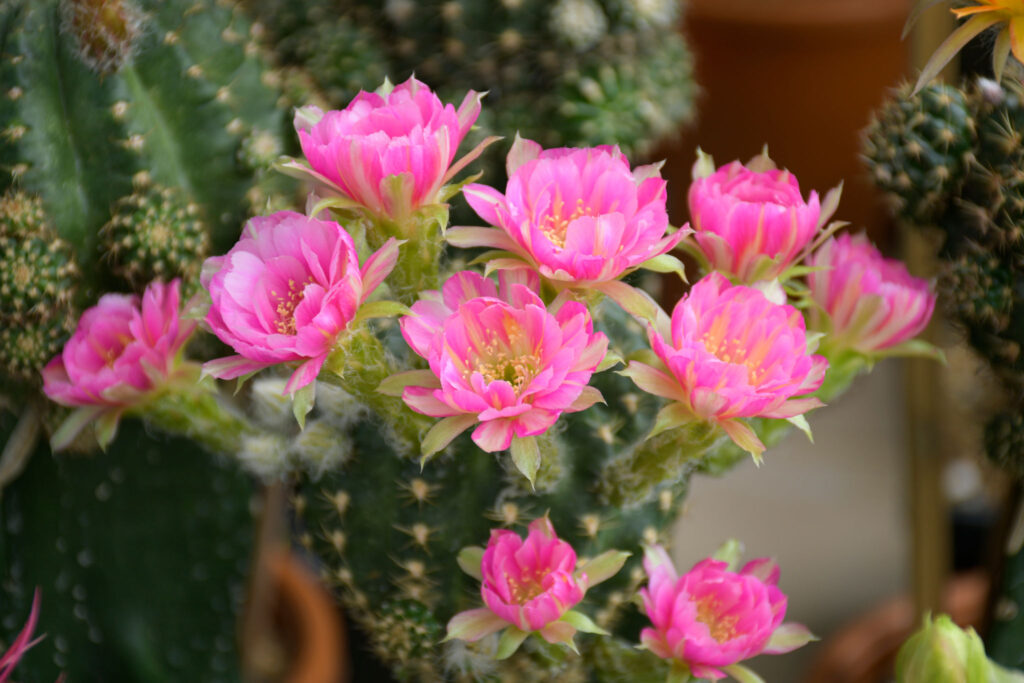
Family: Cactaceae
Type: Herbaceous perennial
Sunlight: bright direct light or indirect light
Soil: Humus-rich soil
Water Need: Less water or follow wet and dry method
Zone: 9 to 12
Blooms: Pink flowers
Blooming Season: Spring or early summer
How are different varieties of cactus useful for human life? Let’s first find out the genera and species of cacti that produce pink flowers.
1. Aporocactus (L.) Lem.
Common names of Aporocactus are whip cactus or Rattail due to its epiphytic nature. Six pink cactus species are native to Central America and Mexico. It consists of a tiny but somewhat thin stem that can be more than 2 cm long in diameter. This cactus has odorless, fleshy, cone-shaped, and pinkish-purple flowers 6 to 9 cm long in diameter. The whole body of the Aporocactus appears to be spiny by the brown-colored spines that are 7 mm long in diameter. Fruits and seeds are elliptical. This cactus plant blooms between September to April, and these cacti bloom for five days.
Where to Use:
- Aporocactus cactus with pink flowers can breed for 200 to 300 years. As Ornamentals, pink cactus thrive indoors and outdoors. This pink cactus houses, offices, schools and hospitals.
- Medicinal use of Aporocatus is quite widespread. They treat cholesterol, cardiac arrest, repetitive motion injury, bacterial and viral infections
Other Species:
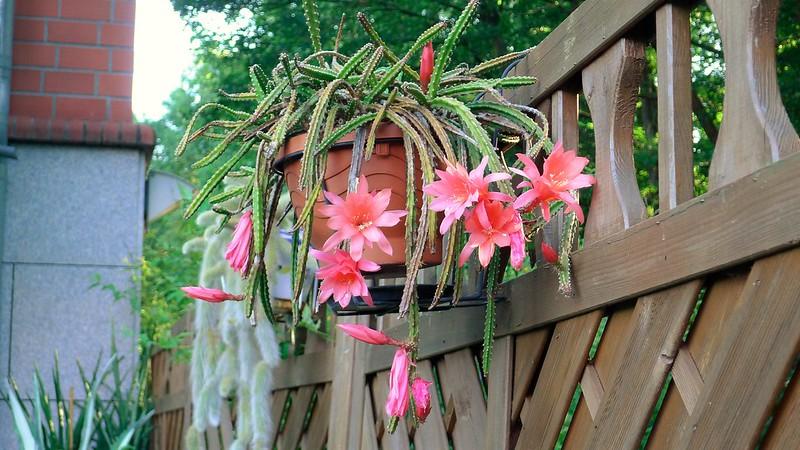
Aporocactus cordelia

Aporocactus flagelliformis
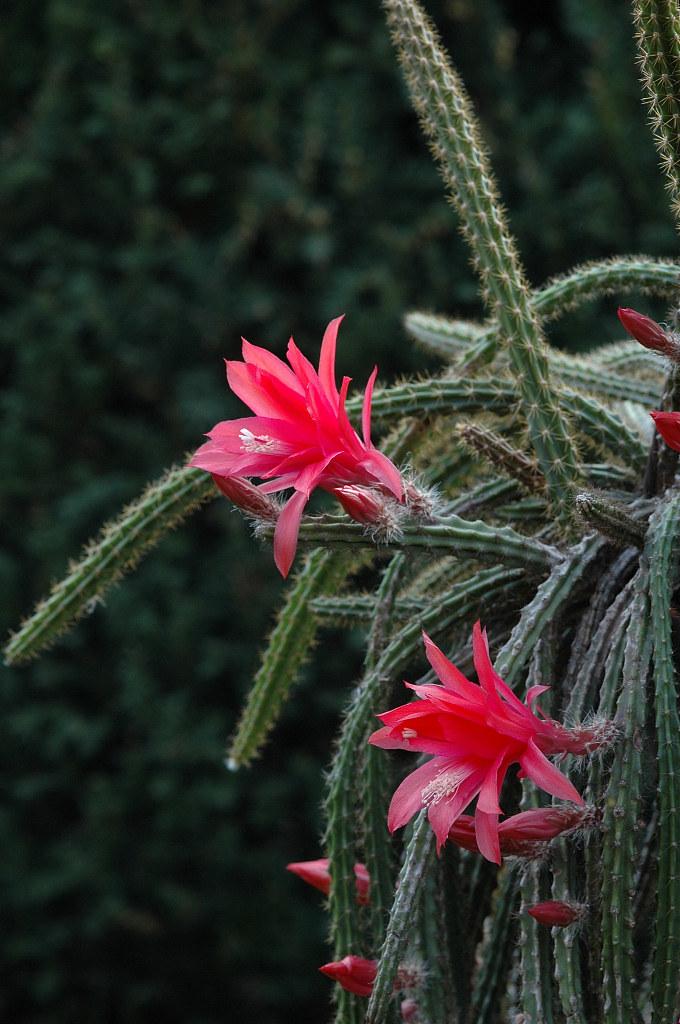
Aporocactus mallisonii
2. Astrophytum Lemaire
This star cactus grows only in the United States and Mexico. It is on the verge of extinction due to overgrazing. These cacti have star-like shapes consisting of spherical and unbranched stems. These cacti have 0.5 mm milky-colored bristles.
White Spines are not present. Groups of showy pink flowers bloom during the daytime and close at night. Pink blooms of Astrophytum are leaf-shaped and bright pink. Fruits appear pinkish and rounded with shiny black seeds.
Where to Use :
- Star cactus is not cosmopolitan. This cactus plant blooms pink flowers indoors and outdoors. Because of its restricted natural habitats, this cactus is an endangered plant. So it is necessary to take urgent actions to preserve it
- Astrophytum or star cactus is non-edible. It can cause mania and even take lives if eaten without knowing it. This cactus is only a means of quenching the thirst of lost travelers in the deserts
Other Species:
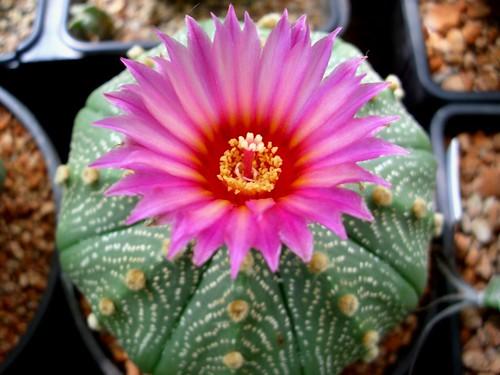
Astrophytum asterias
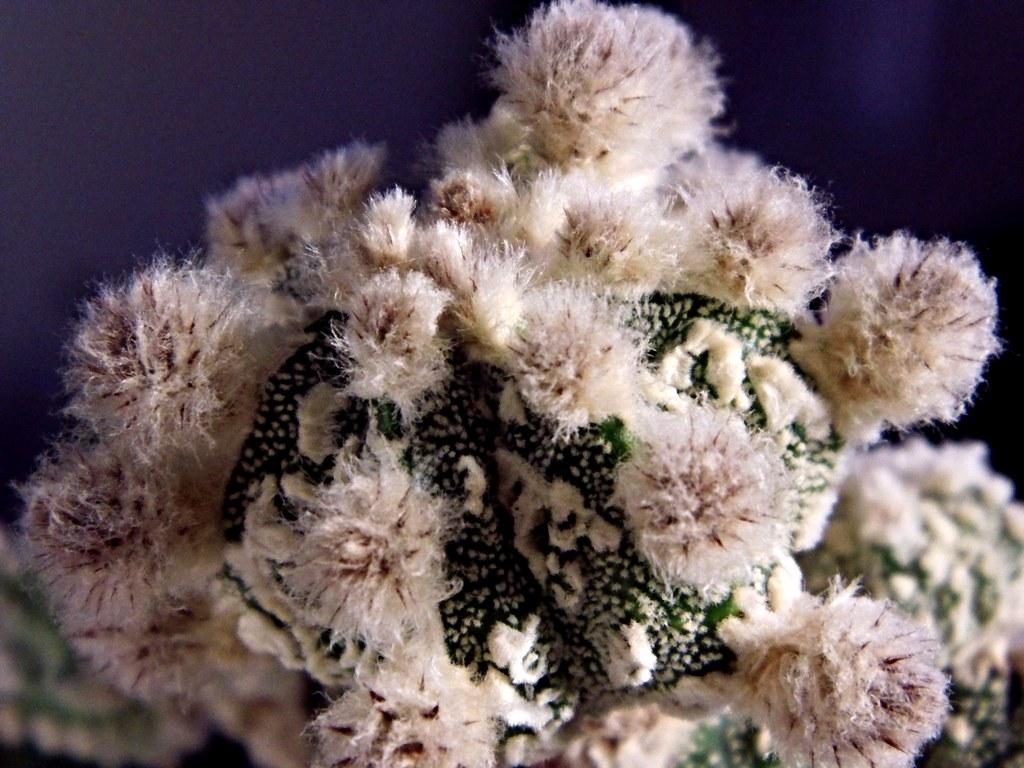
Astrophytum myriostigma cv. Hakuyjo
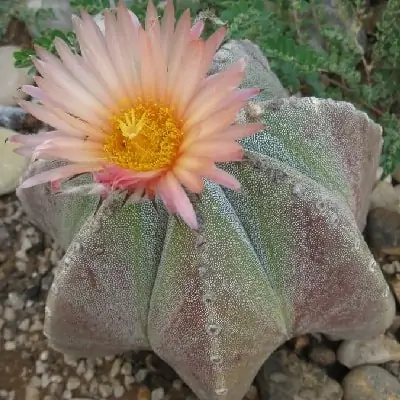
Astrophytum myriostigma cv. multicostatum
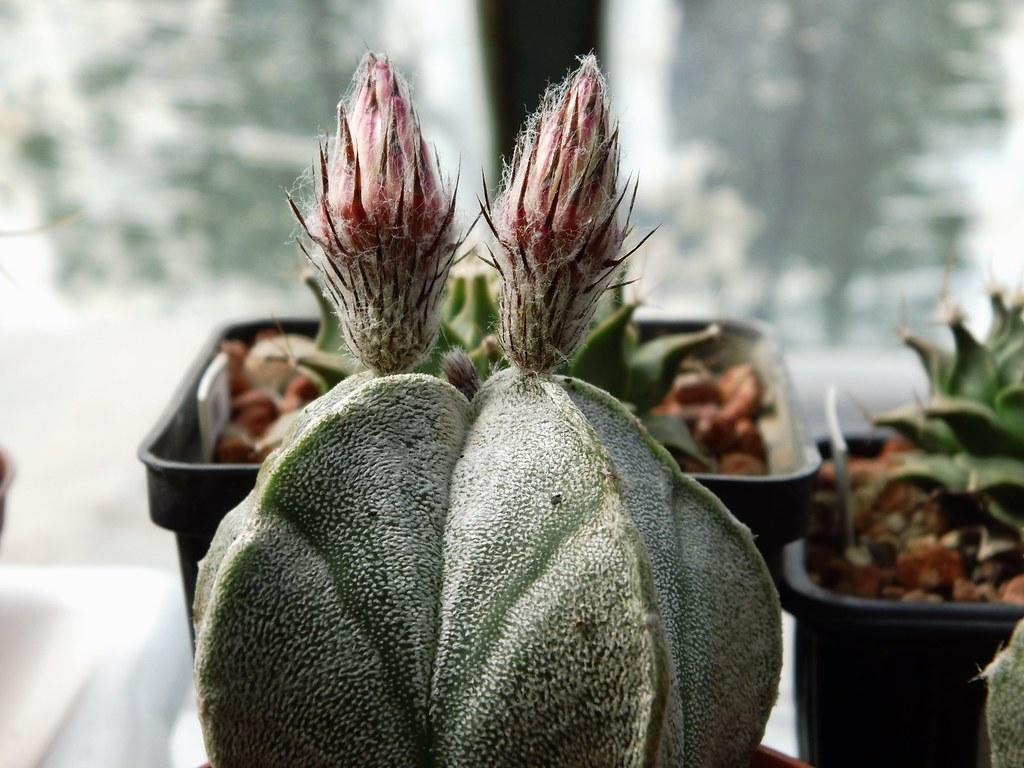
Astrophytum coahuilense
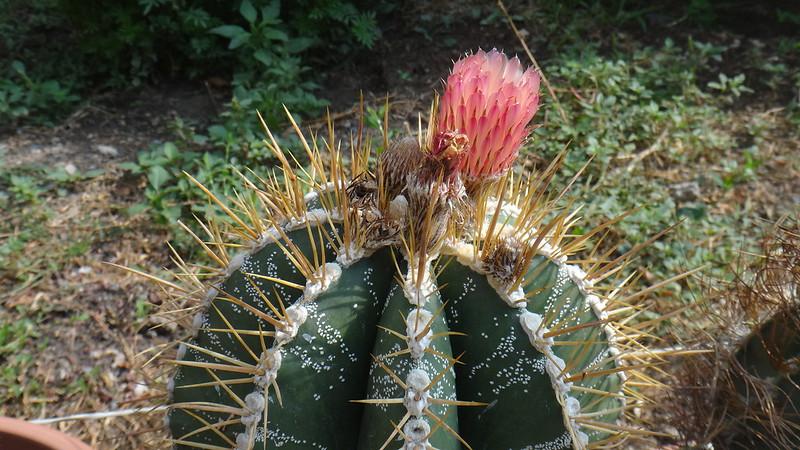
Astrophytum ornatum
Related: Solving the Dilemma Why Cacti are Not Trees and What Makes Them Plants
3. Aztekium Boedeker
The distribution of Aztekium Globular Cactus only belongs to Mexico. This cactus is very sluggish in growth, and the entire body resembles a globe consisting of 2 to 5 white spines. Apex is also spherical with a distinguishing feature of the depressed center. This pink cactus has light pink, dark green, orange, or red flowers with black seeds hidden in them.
Where to Use:
Azketium cactus is not worldwide. It grows on the sedimentary rocks in the Neuvo Leon the state of Mexico because of its habitat loss
Other Species:
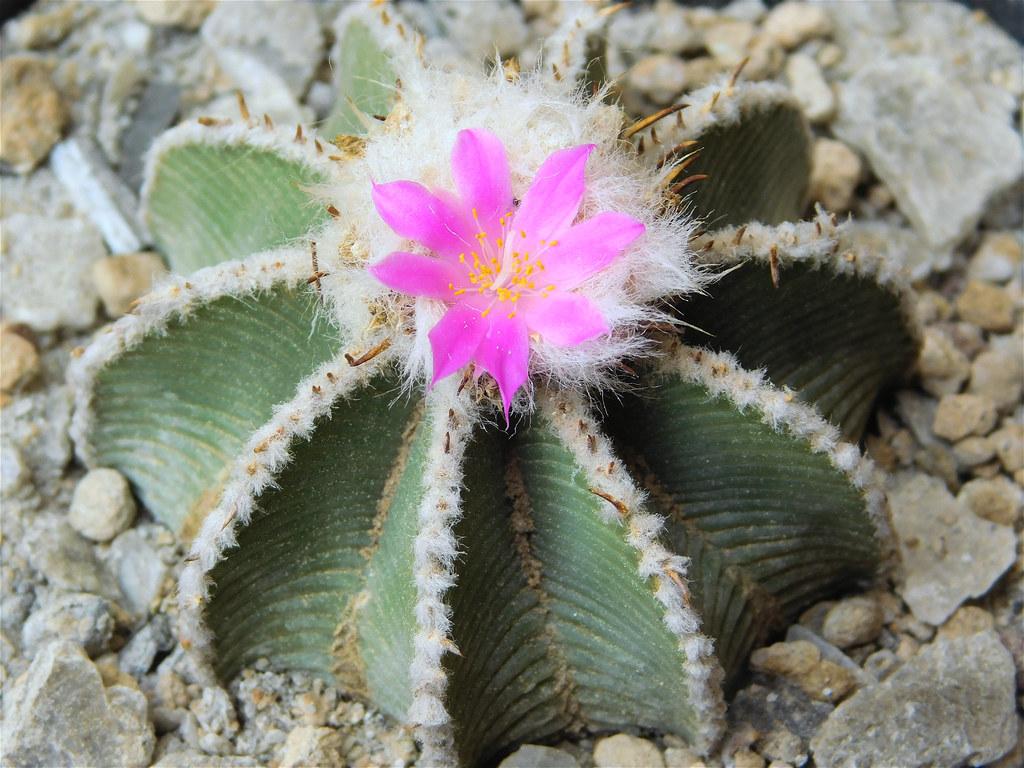
Aztekium hintonii
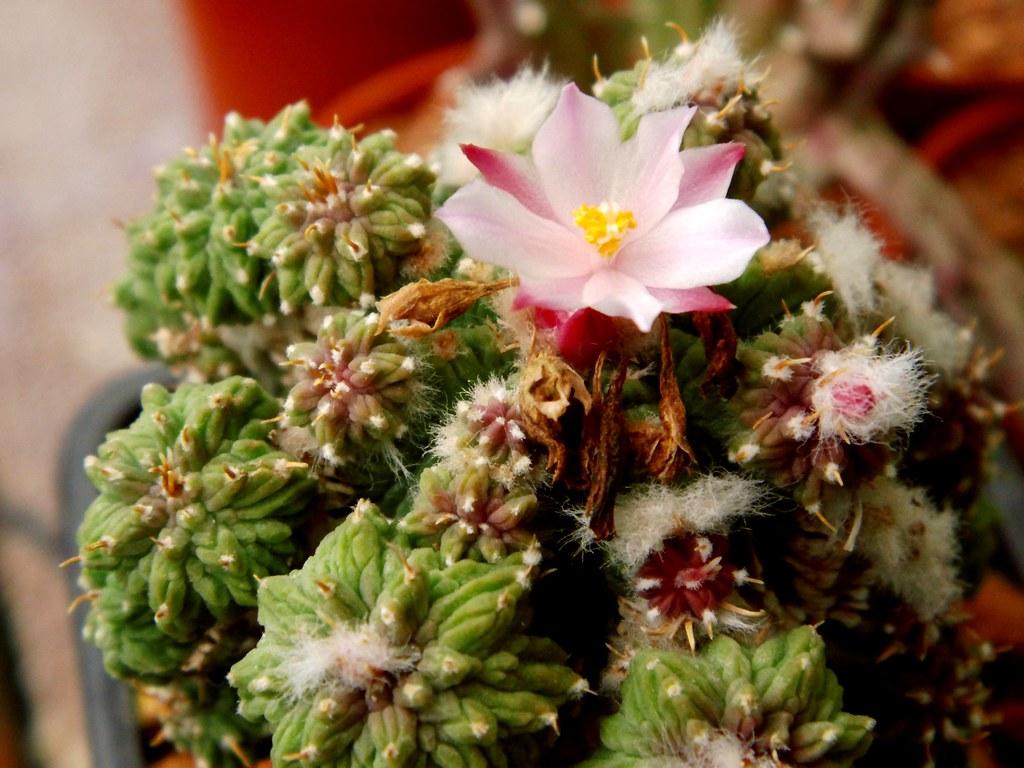
Aztekium ritteri

Aztekium valdezii
4. Melocactus Britton and Rose
Melocactus is also called pink melon cactus or Turk’s cap. It grows in South America and the West Indies. There are 30 to 35 species of Melocactus. Spines surround this fleshy globular plant. Pink flowers are pepper-shaped, pink flowers and seeds serve as food for animals. Growth rates vary between melon cactus species. It can die if the temperature reaches freezing point.
Where to Use:
- This globe-shaped cactus with pink flowers grows indoors or outdoors. In this regard, greenhouses are best for their healthy growth
- Melocactus intortus and Melocactus bahiensis are famous for bakery food and liquors. They provide a good source of income to rural
- Melon cactus is a medicinal plant. It can treat respiratory disorders, Bronchitis, intestinal worms and whooping cough
Other Species:
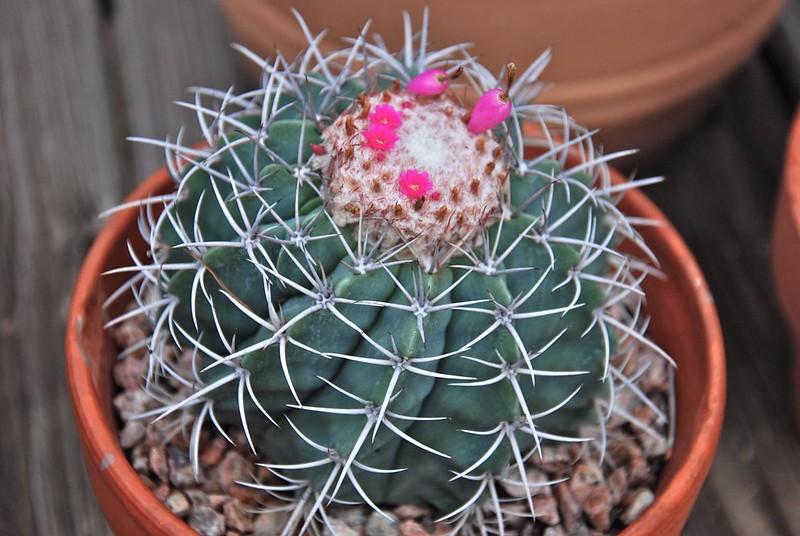
Melocactus azureus

Melocactus bahiensis

Melocactus intortus
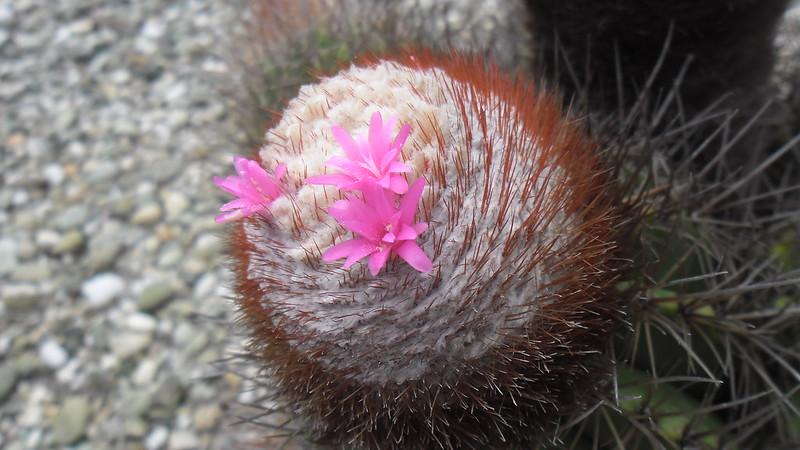
Melocactus harlowii
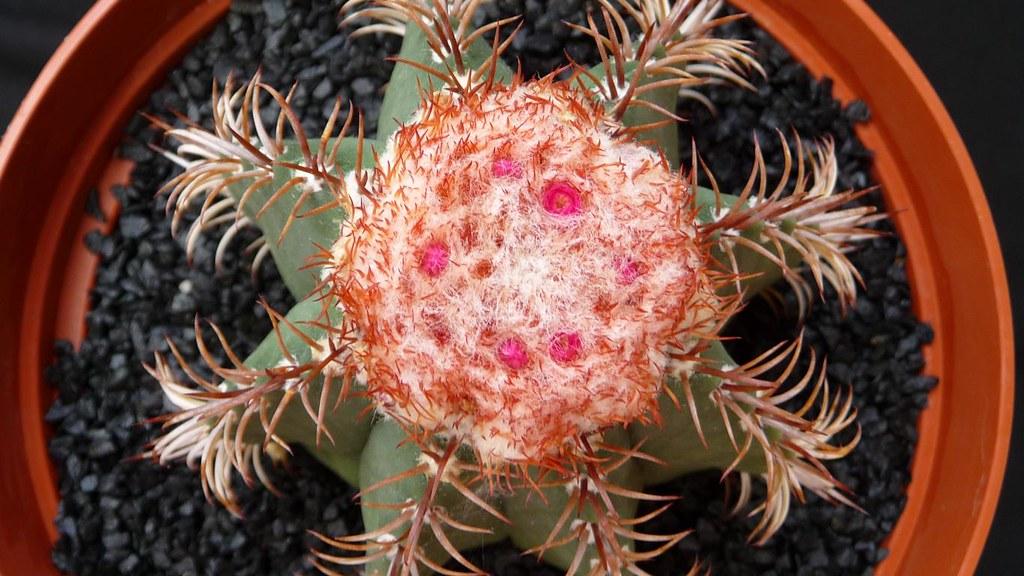
Melocactus matanzanus
5. Coryphantha Lem.
About 64 Coryphantha species grow in Mexico, Cuba and the Southwestern United States. These valuable species of pink cactus are globe-shaped and tiny. Pointy and sharp spines surround the plant body of this cactus. Stems show striations, ovoid and nonsegmented. Different species of Coryphantha have conical or prop roots.
This cactus has large pink flowers that always grow on the funnel-shaped upper part of the plant body. They produce Pinkish-white or purple flowers. Fruits may be round or oblong, fleshy and pinkish green with no scales. Some species have tiny scales, and the seeds are also round or kidney-shaped and shiny black. This cactus is sensitive to the temperature of 5 C (40 F), adult plants can survive the frost but not for a long time.
Where to Use:
- Many Coryphantha species grow indoors and outdoors.
- It is edible as the top part of the plant is juicy used as fresh or seared food.
- It is folk medicine, and the Shamanists use C. compacta as a strong dose while healing procedures.
Other Species:

Coryphantha elephantidens
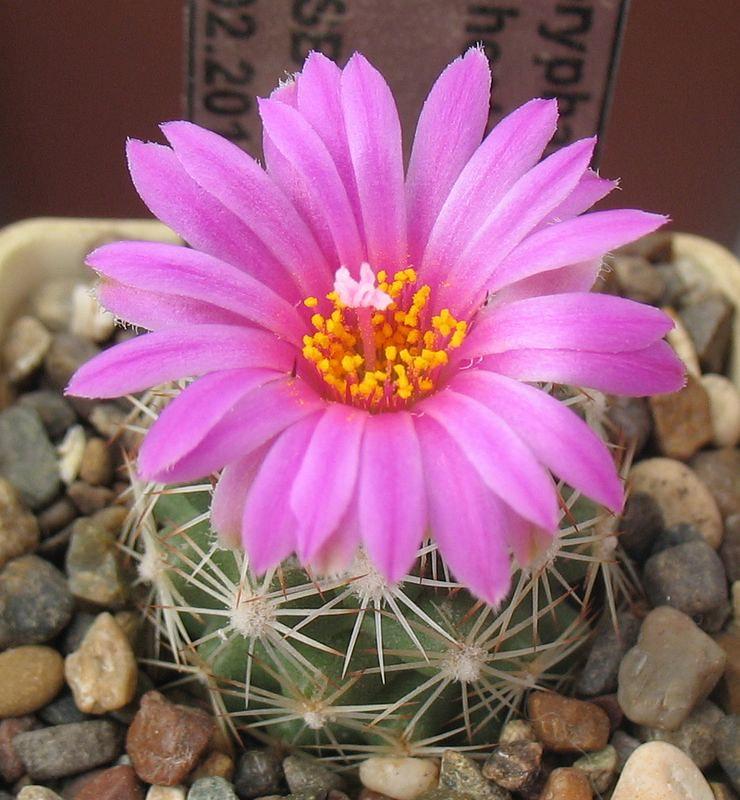
RELATED: Growing Tips and Facts About Jumping Cholla Cactus, Desert’s Most Mesmerizing Plant
Coryphantha hesteri
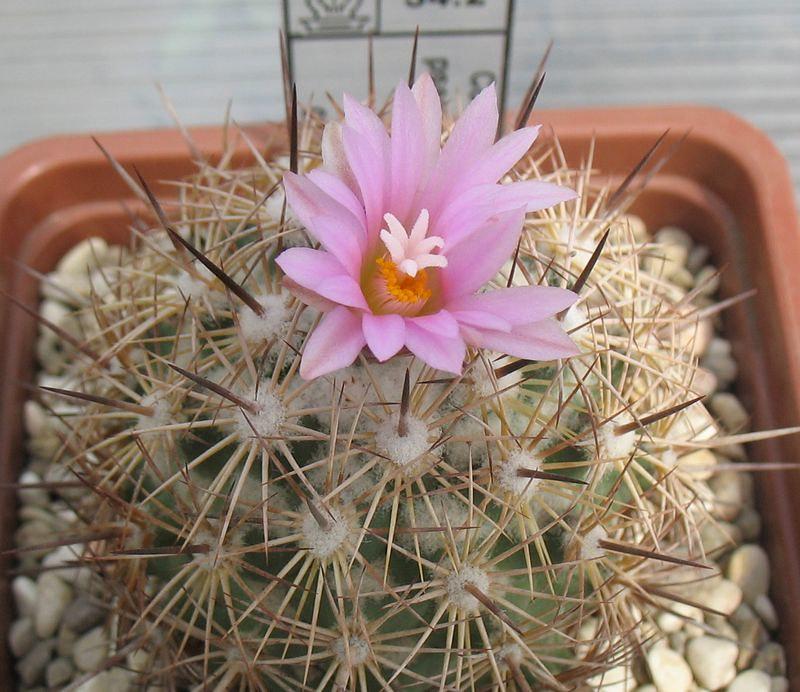
Coryphantha pseudoechinus
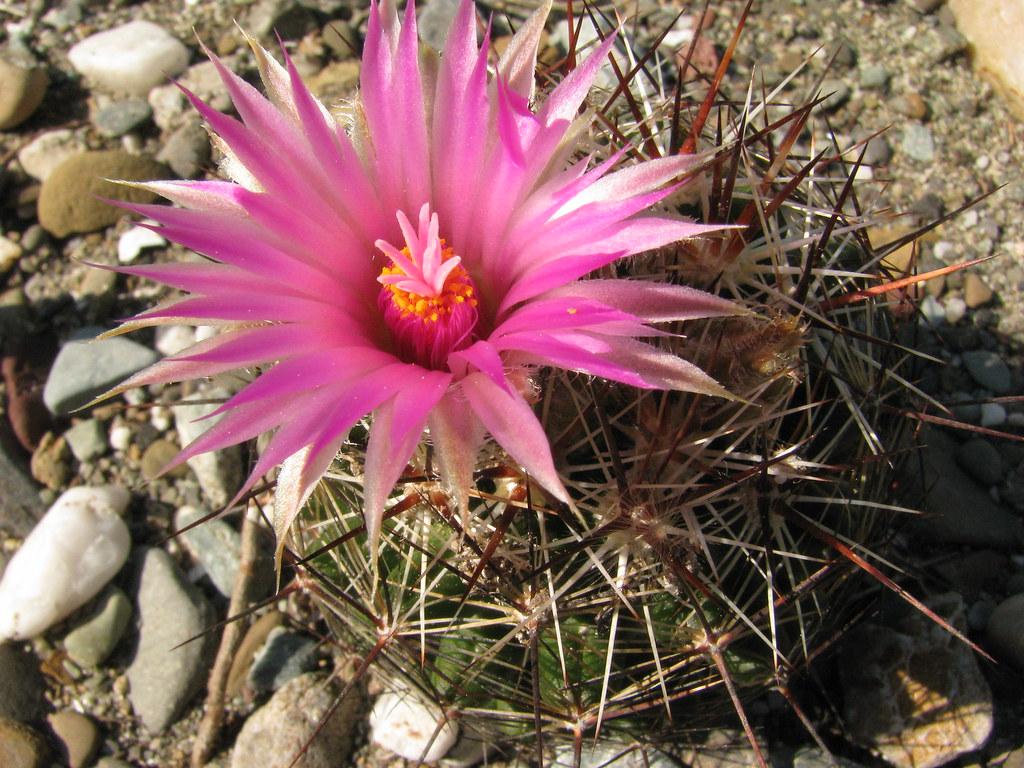
Coryphantha vivipara
6. Gymnocalycium Pfeiff
The common name of Gymnocalycium is “moon cactus.” About 60 species of this genus are familiar in subtropical South America. Most species are small, rounded, colorful, with straight or curvaceous spines. These cacti have Scattered spines all over their body. A distinctive feature of this cactus is having naked flower sprouts and floral tubes.
Moon cactus has no branches and is erect only 0.2 m tall. The stem is tiny, spherical or elliptical, sunken and spiky. These cacti bloom large and showy pink, dark green, red or yellow flowers. These flowers are funnel-shaped, located in the center of the stem. Fruits may be oval or rounded, wrapped, and produced with scales in most species. These plants have brownish-black seeds that may be round or oval.
Where to Use:
- Gymnocalycium is easy to cultivate indoors and outdoors. They have showy and eye-catching flowers. Thus they provide an aesthetic view to homes, offices, educational institutes
- Pharmaceuticals use moon cactus, and some are under research in medical laboratories
- Humans and animals can eat these cacti as raw or processed food, thus providing a good source of income.
Other Species
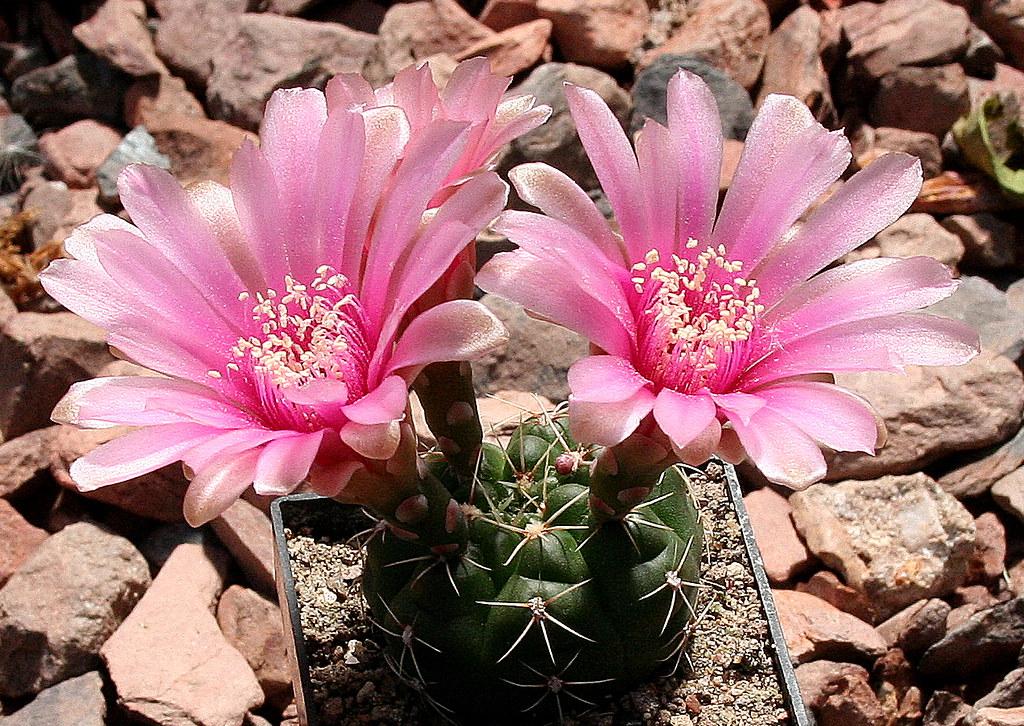
Gymnocalycium denudatum
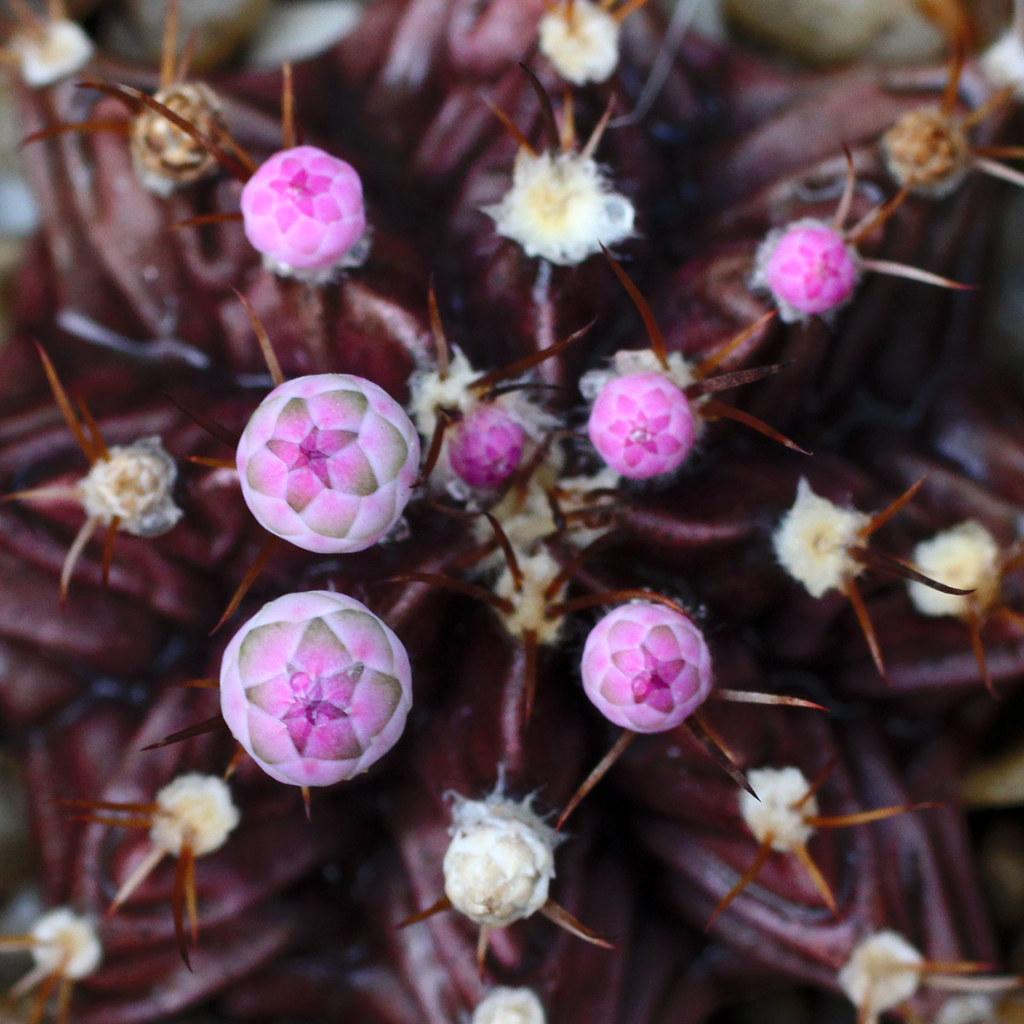
Gymnocalycium friedrichii
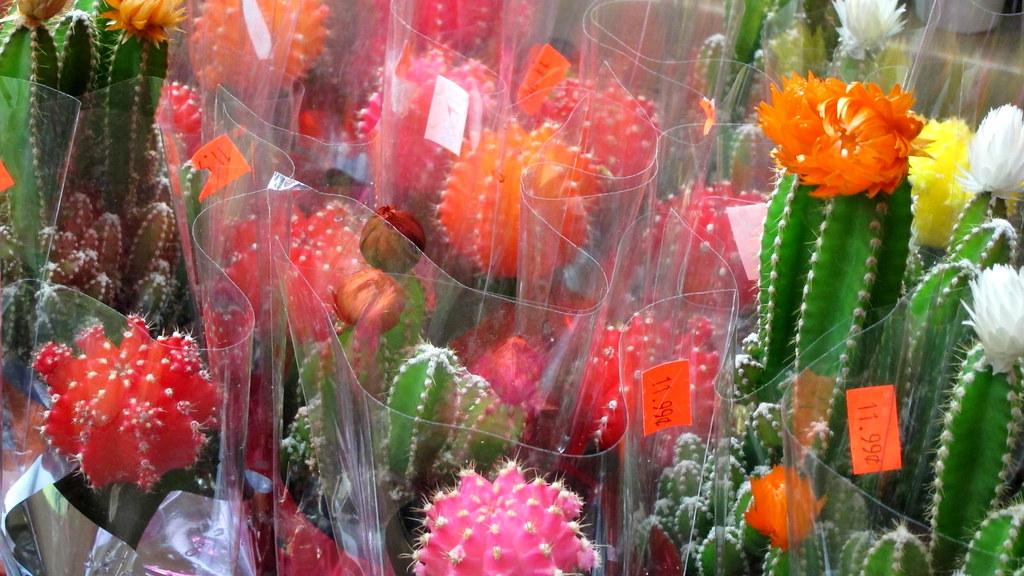
Gymnocalycium mihanovichii
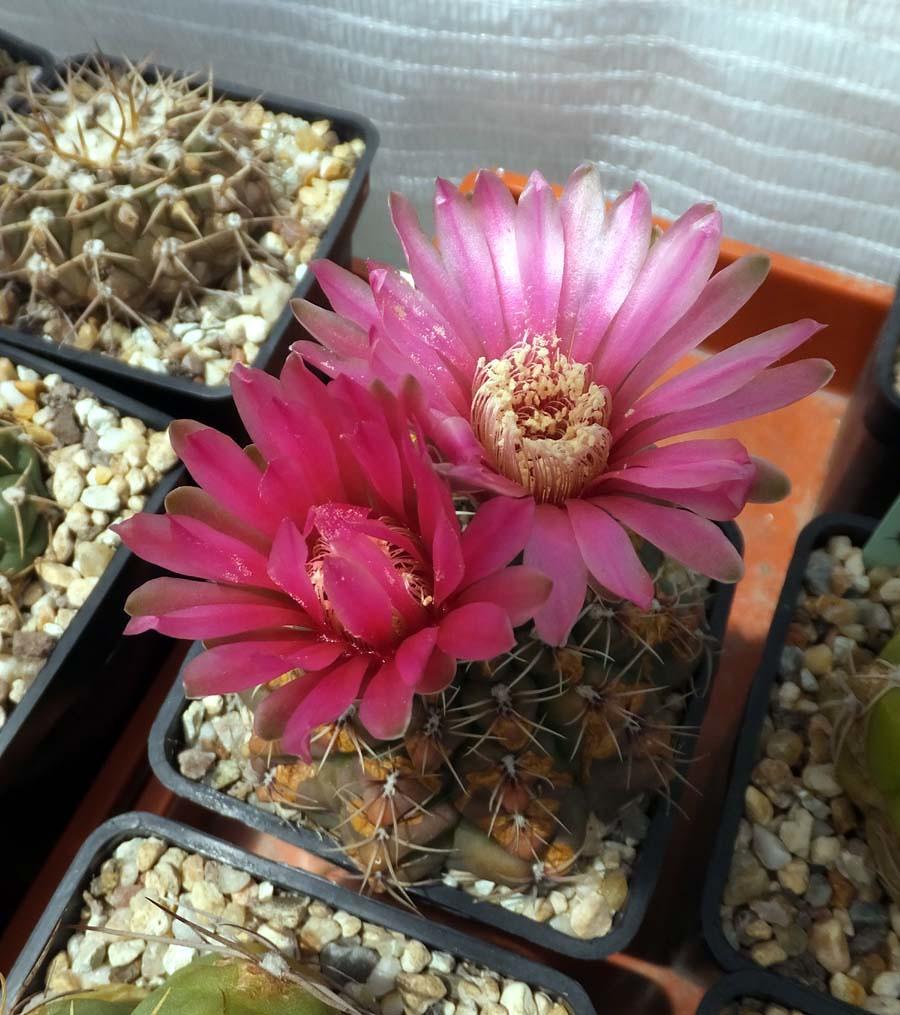
Gymnocalycium saglionis
7. Opuntia Mill.
Common names of Opuntia are pear cactus, fig and Nopa. It is a darling plant of America has 150-200 species; prickly pear varies in size and can grow up to 6 m in diameter. Large prickly pear cacti have segmented stems and cushiony pads. Some Opuntia species have bluish-green spines, but some lack white spines. Pear thrives with large pink blooms. Fruits with embedded seeds resemble pears or figs.
Where to Use:
- Opuntia only survives with enough heat. This cactus is best for outdoor cultivation if grown in containers with enough heat. They grow as ornamentals indoors.
- Prickly pears are a traditional food in America and Mexico. Juvenile plants are easier to digest than mature plants. It is famous for its jams and confectionaries.
- This cactus is a medicinal plant and treats various illnesses. High levels of cholesterol, Nausea, diabetes, food poisoning, alcohol aftereffects or headache. Besides, prickly pear also serves as an antiviral plant.
Other Species:
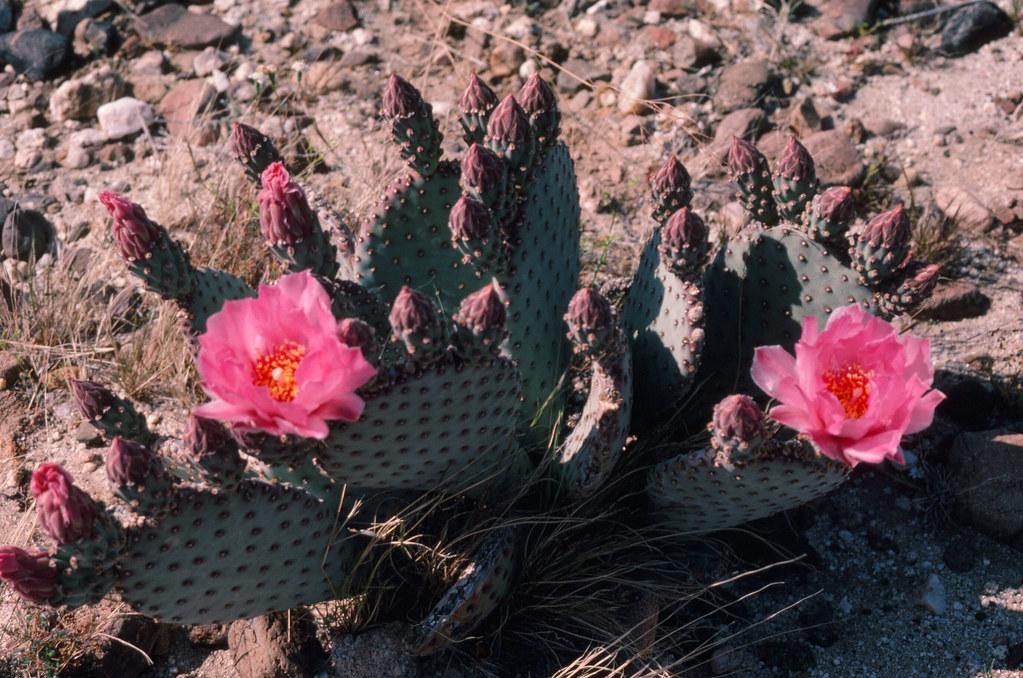
Opuntia basilaris

Opuntia fragilis
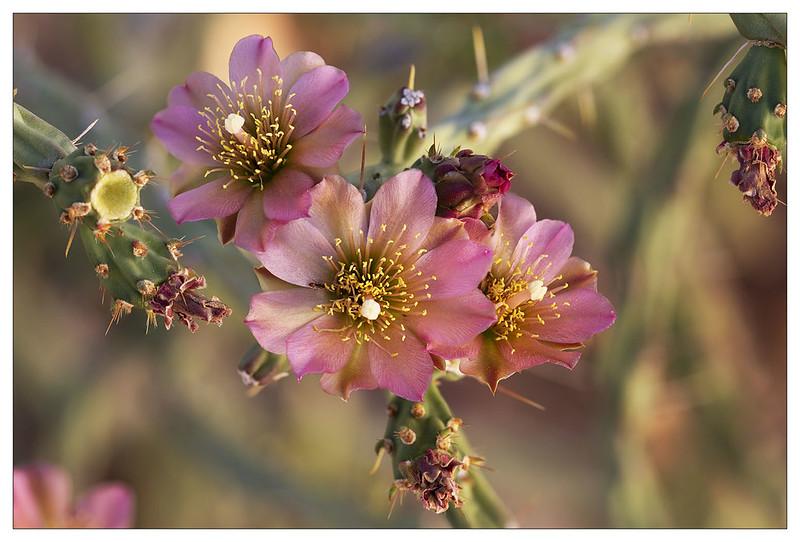
Opuntia kleinii

Opuntia polyacantha
8. Mammillaria Haw.
Common names for Mammillaria are Nipple and Pincushion cactus. About 180 to 250 Mammillaria species are native to Venezuela, South-West United States. These pink spherical cacti have spines on the upper part of the apex but the lower part lack spines. Small pink flowers grow in circles that are conical shaped and multicolored. These cacti bloom pink and provide chilling and soothing effects. Fruits resemble strawberries that are rich in nutrients.
Where to Use:
- Pincushion cactus with pink flowers can grow indoors. It is an excellent choice for houseplants because of its tiny and fake beautiful shapes. But they are the most recognizable cacti and also thrive well outdoors.
- This fleshy globular plant with bright pink flowers is famous among indigenous medicines. Mammillaria heyderi heals earaches with its oil.
- These cacti produce miraculous fruits pronounced as Mexican Chilitos, considered immunity boosters. Moreover, nutritious fruits can extend the life span of human beings.
Other Species

Mammillaria bocasana
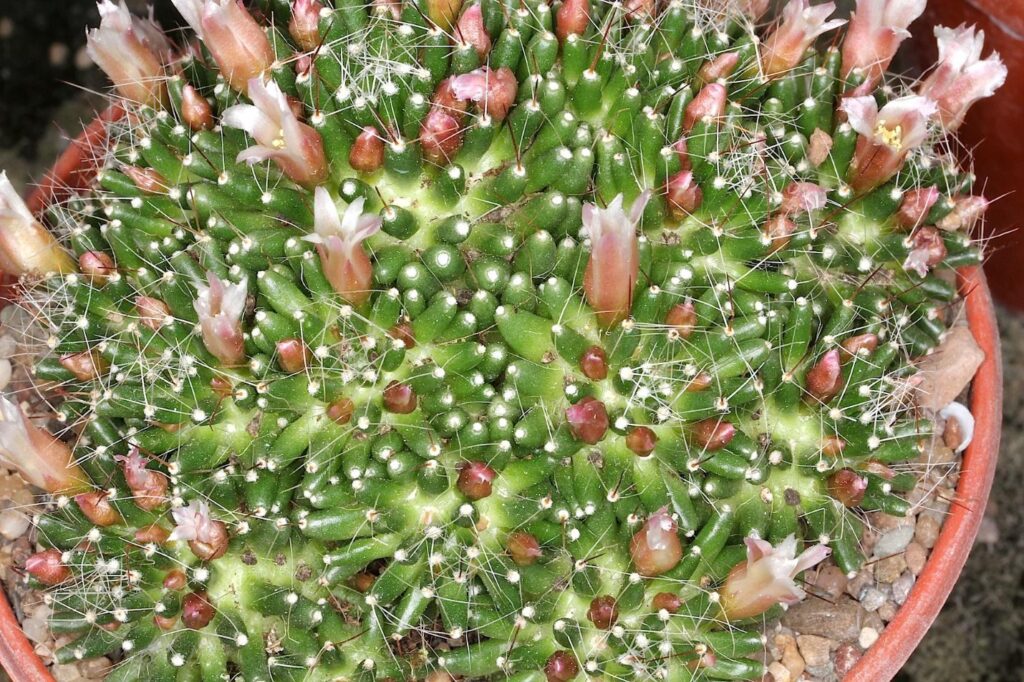
Mammillaria crinita
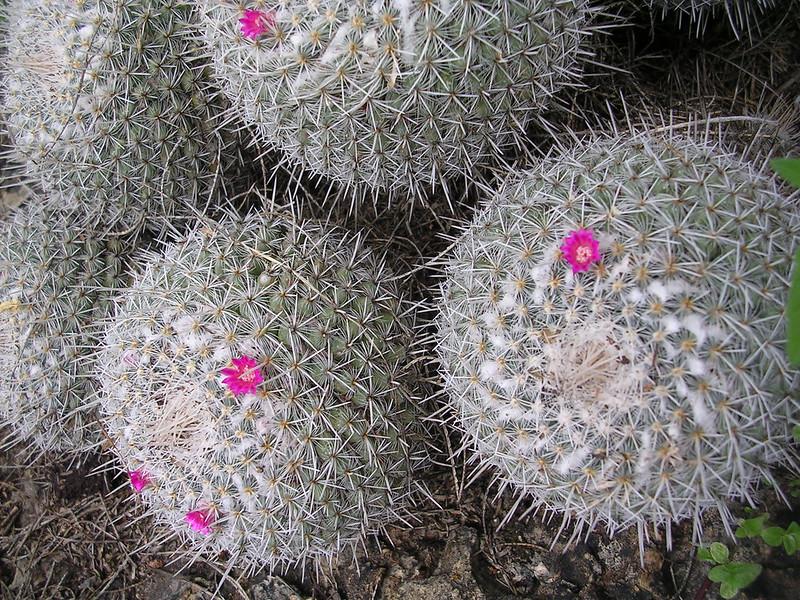
Mammillaria geminispina

Mammillaria heyderi

Mammillaria zeilmanniana
Frequently Asked Questions:
Are pink cacti real? Which cacti have pink flowers?
All pink cacti exist in our world used as ornamentals worldwide. A wide variety of cacti produce whitish-pink to dark pink flowers. Aporocactus, Astrophytum, Aztekium, Coryphantha, Gymnocalycium, Mammillaria, Melocactus, Opuntia and Rebutia are pink cacti.
How are different varieties of pink cactus beneficial?
Pink cactus plays a vivifying role in sanitization. cactus with pink flowers helps get rid of microorganisms and particle emissions. In addition, they are oxygen generators and noise dampers. Besides, these cacti produce beautiful flowers. Their use in food and pharmaceuticals is increasing nowadays.
How do you take care of the flowers of the pink cactus?
Here are instructions to help you look after the flowers of pink cactus:
- Soils: Grow cacti with large pink blooms in well-drained soils. In this regard, loamy and clay soils are more suitable for plant growth
- Sunlight: Bright sunlight requirements are not the same for all pink cactus species. Some need direct light and some partial light. There is a need to get basic information about the cactus species before choosing them for outdoors and indoors
- Temperature: cacti produce more pink blooms in temperatures 60 to 75 F
- Repotting: When these cacti stop flowering and their blooming seasons are over. it is a must to change their pots for recycling the flowers for the next year
- Weather Dependency: Outdoor pink species are entirely weather-dependent. Thus, very high temperatures or low temperatures may affect their flowering and growth
Is it true that the pink cactus changes color?
According to reports, most cacti with pink flowers change their color. It happens when growing conditions are suitable for pink cacti. They show dependency on another cactus plant. They cannot prepare sugars and nutrients to feed themselves. Hence, Pink cactus have a short life and wither soon.
Can you eat the fruits of the pink cactus?
In contrast to the morphology of pink cacti, they produce tasty and juicy fruits. Thus they serve as a source of food for humans and cattle. About 250 species of Opuntia are famous for their spherical fruits and leaves. These species are rich in essential nutrients. Opuntia or prickly pear cacti also produce large yellow flowers or pink flowers.
Add more pinks to your garden, check out our list of the best Pink Plants, Pink Trees, and Light Pink Flowers.
Editor’s Recommendations
30 Vibrant Types of Red Succulents for Indoor and Outdoor Gardens







